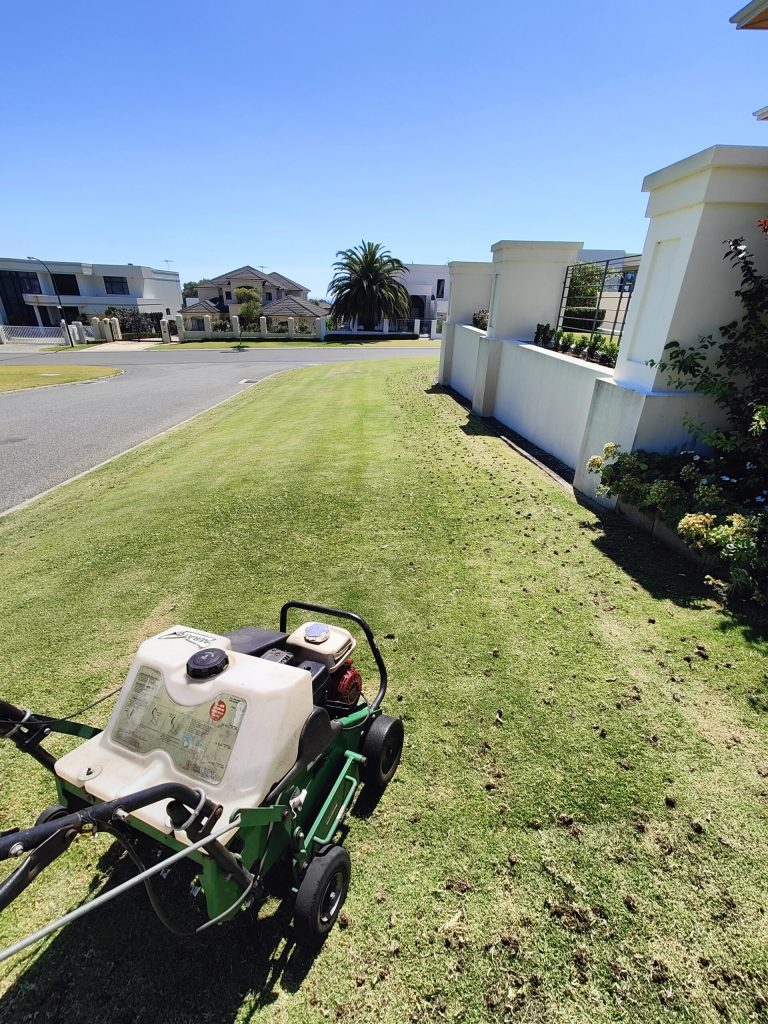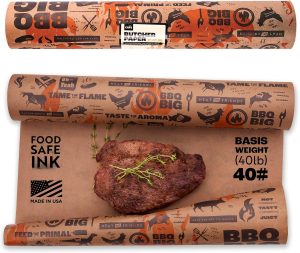Maintaining a healthy, lush lawn in Perth’s climate requires proper soil aeration. Aeration ensures that air, water, and nutrients reach the grassroots for optimal growth. Among the different aeration techniques, lawn coring has gained popularity for its effectiveness. But how does it stack up against other methods like spike aeration, slicing, and liquid aeration? This guide explores lawn coring service benefits, its comparison to other aeration techniques, and when it’s the best choice for your yard.
What Is Lawn Coring and How Does It Work?
Lawn coring (also called core aeration) involves removing small plugs of soil from your lawn using a specialized machine. These plugs create deep holes that allow air, water, and nutrients to penetrate compacted soil. Over time, this process improves soil structure, promotes root growth, and enhances overall turf health.
Unlike superficial methods that only prick the soil surface, lawn coring service offers deeper penetration, making it highly effective in Perth’s sandy and clay-rich soils. It’s particularly recommended for lawns suffering from heavy foot traffic or soil compaction.
How Does Lawn Coring Compare to Spike Aeration?
Spike aeration uses solid tines or spikes to punch holes in the soil without removing plugs. While it’s a quick and inexpensive option, spike aeration has a significant drawback—it can compact the soil further around the holes. This defeats the purpose of aeration in the long run.
In contrast, lawn coring actually removes material, reducing compaction rather than adding to it. By extracting plugs, it creates space for roots to expand and thrive. For Perth homeowners, where soil compaction is a common issue, coring is far more effective than spike aeration.
Is Slicing Aeration as Effective as Lawn Coring?
Slicing aeration involves using rotating blades to cut slits into the lawn surface. This method improves seed-to-soil contact during overseeding but doesn’t relieve soil compaction as effectively as coring. While slicing may benefit certain turf renovations, it doesn’t offer the same depth of aeration that lawn coring service provides.
If your primary goal is to break up compacted soil and promote deeper root growth, lawn coring remains the superior option. Slicing is best combined with overseeding, whereas coring is an all-around solution for lawn health.
What About Liquid Aeration—Does It Work?
Liquid aeration uses chemical solutions to break down soil particles and create microscopic pores. While it’s easy to apply and requires no machinery, its effectiveness is limited compared to mechanical methods. Liquid aeration works better as a supplement rather than a replacement for physical aeration.
For lawns in Perth with dense or clay-heavy soil, relying solely on liquid aeration won’t deliver noticeable results. Combining liquid aeration with lawn coring service can enhance overall performance, but coring remains the most reliable standalone technique.
When Should You Choose Lawn Coring Over Other Methods?
Lawn coring is the go-to choice when:
- Your soil is heavily compacted due to foot traffic or heavy equipment.
- Water pooling occurs after rain because of poor drainage.
- You have clay-based soil that restricts root development.
- Your lawn struggles with poor nutrient absorption despite regular fertilization.
If your yard shows these signs, scheduling a lawn coring service is far more beneficial than opting for surface-level aeration techniques.
How Often Should You Core Your Lawn?
For Perth lawns, experts recommend coring at least once a year—preferably in early spring or autumn when the grass is actively growing. Heavily used lawns or those with severe compaction may need coring twice a year. Regular coring ensures your soil remains loose, well-aerated, and nutrient-rich, which promotes thick, green turf year-round.
Does Lawn Coring Benefit New Turf Installations?
Absolutely. When installing new turf, soil preparation is critical for root establishment. Lawn coring service before laying turf helps loosen the soil and improves water infiltration, ensuring the roots anchor deeply. If you’re planning lawn removal Perth followed by a turf upgrade, coring is an essential step to guarantee long-term lawn health.
How Does Lawn Coring Fit into a Complete Lawn Care Plan?
Lawn coring works best when combined with other lawn care practices:
- Fertilization – After coring, nutrients penetrate more effectively.
- Overseeding – Coring creates holes that improve seed-to-soil contact.
- Topdressing – Applying a soil mix after coring enhances soil structure.
Premier Lawns recommends pairing lawn coring service with seasonal fertilization and regular mowing for optimal results.
Why Should You Hire Professionals for Lawn Coring?
While DIY coring machines are available for hire, professional services offer precision, efficiency, and expertise. Incorrect coring can damage your lawn, especially if the timing or technique is wrong. Professionals like Premier Lawns use advanced equipment to ensure uniform coverage and maximum benefits without harming your turf.
Final Thoughts: Is Lawn Coring Worth It?
When comparing lawn coring to other aeration techniques, the results speak for themselves. Unlike spike, slicing, or liquid aeration, coring provides deep, long-lasting soil improvement. For Perth homeowners dealing with compacted soil or planning lawn removal in Perth for turf replacement, coring is the most reliable solution for a thriving lawn.
If you want a greener, healthier yard, investing in a professional lawn coring service ensures your lawn gets the best start possible. Premier Lawns delivers expert coring solutions tailored to Perth’s unique conditions, giving you a lush and resilient lawn all year round.








